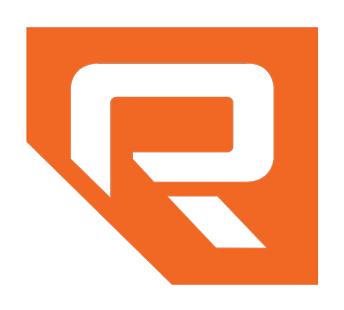TO BE FAIR: WHAT IS COPYRIGHT “FAIR USE” & WHY IS IT IMPORTANT?
The US Fair Use doctrine of law enables the use of copyrighted material without first acquiring permission from the copyright holder. There are many instances in which the words or materials of others are borrowed, such as in advertising, educating, news reporting, etc. Using copyright materials for the purposes of criticism, comment, new reporting, teaching, scholarship, or research is generally considered to fall under “fair use”. The doctrine also sets forth the following factors that must also be considered when determining “fair use”:
The purpose and character of the use: Is the use for commercial or nonprofit educational purposes? If the use is nonprofit, this may favor fair use.
The nature of the copyrighted work: Is the copied work considered more creative than based in fact? If the copyrighted material is more factual as opposed to being creative or imaginative, this may favor fair use. If the copyrighted material is highly creative, the material is subject to strong copyright protection (which we can help with!).
The amount and substantiality of the portion: How much of the actual work is being used? The less the work is used will increase the favorability of fair use.
The impact of the use on the market or potential markets of the copyrighted work: Will the use of the copyrighted work cause the copyright holder to lose money? Will the use impact or hinder future markets into which the copyright holder may want to enter?
Courts will review all of the above factors when analyzing the fair use claims of individual case, and the outcome is always dependent on the facts. Your best bet in avoiding a sticky copyright infringement situation is to request permission from the author or copyright holder. It is important to note that this is NOT the same as giving the copyright holder credit! Contrary to popular belief, crediting the author or merely using quotes to cite the copyrighted material does not automatically protect the use from being a copyright infringement. Even obtaining permission from the copyright holder may not always be viable,so you should always review the above considerations when determining whether the use would be considered to be fair and a non-infringement of the copyrighted materials.
Still have questions regarding whether the usage of your own creative works, or usage of someone else’s is “fair”? That’s where we come in. We have extensive experience navigating the often murky waters of copyright protection. Contact us for a complimentary consult and let us help you move your innovation forward!

